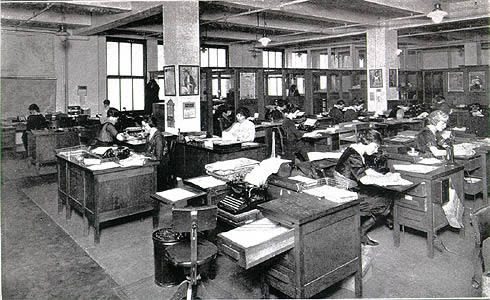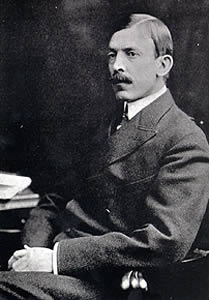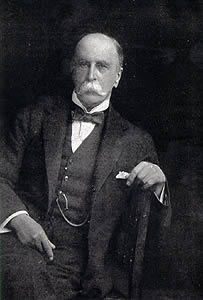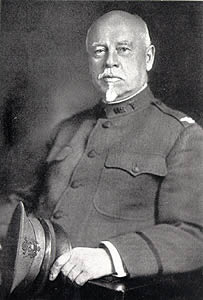The Birth of the American Lung Association in the Early 20th Century to Fight Tuberculosis
State and Regional Anti-Tuberculosis Societies Lead to the National Association for the Study and Prevention of Tuberculosis, Precursor to the American Lung Association

Dr. Lawrence Flick (1856-1938)
Edward Livingston Trudeau’s work breathed new life into the fight against tuberculosis. In 1892, Dr. Lawrence Flick (1856-1938) of Philadelphia and a graduate of Jefferson Medical School founded the Pennsylvania Society for the Prevention of Tuberculosis, the first society in the world to concentrate all of its efforts into the control and cure of tuberculosis. The following year, Dr. Hermann Biggs of New York established the first TB diagnostic community laboratory. Biggs was a leader in determining effective control measures. Other state societies and research programs were organized, but there remained a need for a national organization that would raise money for research, for the building of sanatoriums, and, most importantly, for the education of the general public.

Offices of the NTA, ca. 1910
The scattered regional groups could not possibly reach all 82 million people living in the United States in 1904. To complicate matters, an increasing number of these were migrating into cities which were the primary danger zones for tuberculosis. Although the mortality rate for TB had declined by nearly 17 percent since 1890, the tuberculosis death rate in 1904 was still a frightening 188.1 per 100,000, compared to heart disease at 163.7, and cancer at only 71.5.[1]

Hermann Biggs (1859-1923)

William Osler (1849-1919)

William Welch (1850-1934)
The National Association for the Study and Prevention of Tuberculosis (NASPT) was formed in 1904 to unify and expand the country’s regional anti-TB programs. The co-founders of the NASPT were among the most prominent medical men in America: Drs. Trudeau and Flick; Hermann Biggs of New York, who established the first tuberculosis diagnostic community laboratory in 1893; William Osler; and William H. Welch; to name a few. They decided to use Flick’s Pennsylvania Society as a model: the NASPT would be a voluntary organization made up of physicians and laymen. Osler served as chairman at the first general meeting in Atlantic City, 6 June 1904. The group chose Trudeau to be the first president.
Sources
[1] Richard H. Shryock, National Tuberculosis Association, 1904-1954: A Study of the Voluntary Health Movement in the United States (New York: NTA, 1957), 62-63.